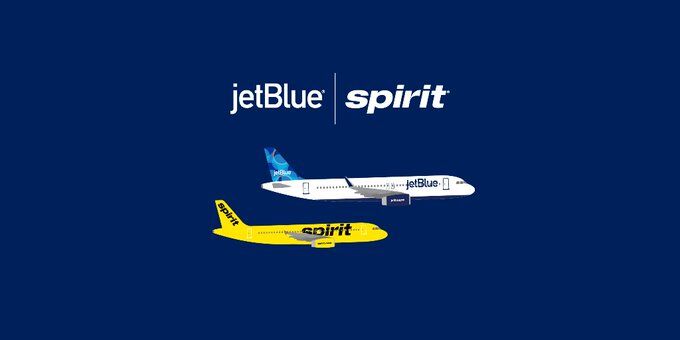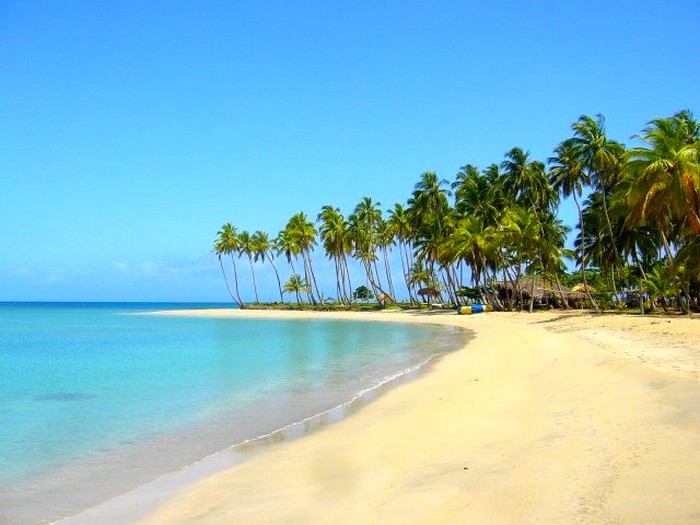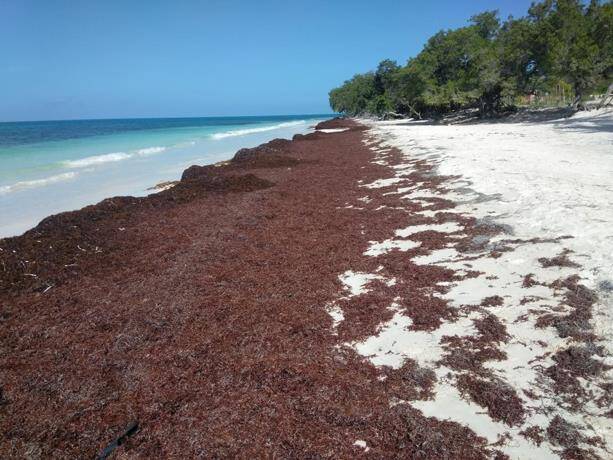Vamo’ Arriba Arajet!
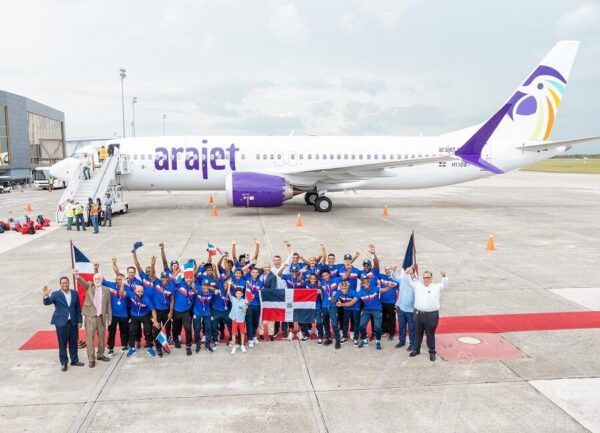
In recent days I was informed about the start of operations of Arajet, which starts as the flagship low-cost airline of the Dominican Republic.
Several colleagues and tourism entrepreneurs consulted me to get my opinion on this new airline, so I decided to investigate it in order to respond effectively to all of them.
I am going to develop a context, comment on its destinations, explain what an air hub is, comment on its branding, its key pieces, and explain the reasons why I believe that Arajet will be successful.
Arajet’s main interest is to make travel accessible without compromising service quality and to provide an excellent travel experience, with direct flights to and from Santo Domingo to the Caribbean, Central and South America.
Arajet enters the Dominican market as a low-cost airline at a historic moment, nuanced by the high tourism growth in the country and with a presence in destinations with positive market trends.
Its fleet is made up of five Boeing 737 MAX, the fourth generation of the Boeing 737, with a capacity of 189 passengers and succeeding the Boeing 737 Next Generation. Six more aircraft are expected in 2023.
According to the Technical Vice Ministry of the Ministry of Tourism, headed by Jacqueline Mora, in its report “The recovery of Dominican tourism and the impostor syndrome,” 2022 will be the best year for tourism and will end with an arrival of around 7.1 million tourists ( …) to continue a trend around 12%-14% in the last four months of the year”.
Arajet Destinations
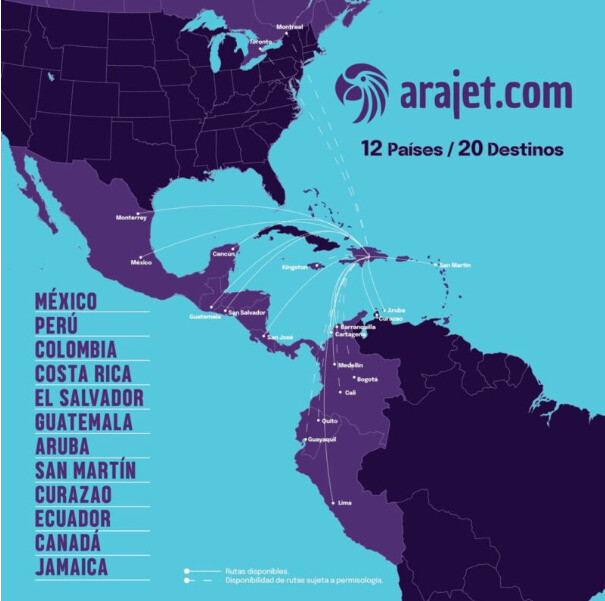
The Arajet offer is found in the following countries and destinations:
- Aruba–Oranjestad
- Canada – Montreal and Toronto
- Colombia – Bogota, Barranquilla, Cali, and Cartagena
- Costa Rica – San Jose
- Curacao – Willemstad
- Ecuador – Guayaquil and Quito
- El Salvador–San Salvador
- Guatemala – Guatemala City
- Jamaica–Kingston
- Mexico – Mexico City, Cancun, and Monterrey
- Lima Peru
- Saint Martin–Phillipsburg
I used data from the Tourist Information System (SITUR) to obtain information on the arrival of non-resident passengers (Dominicans and foreigners) from the market covered by Arajet in the first six months of this year:
Number of passengers: 648,110
Main airports: Punta Cana, Santo Domingo, and Puerto Plata.
Average passengers per month: 90,006.
Canada, Mexico, and Colombia concentrate 561,760 travelers, for almost 87% of the total passengers.
Likewise, Punta Cana covers 78.64% (507,032) of all arrivals in the referred period, followed by Santo Domingo with 9.70% (62,922). In third place is Puerto Plata with 8.10% (52,543).
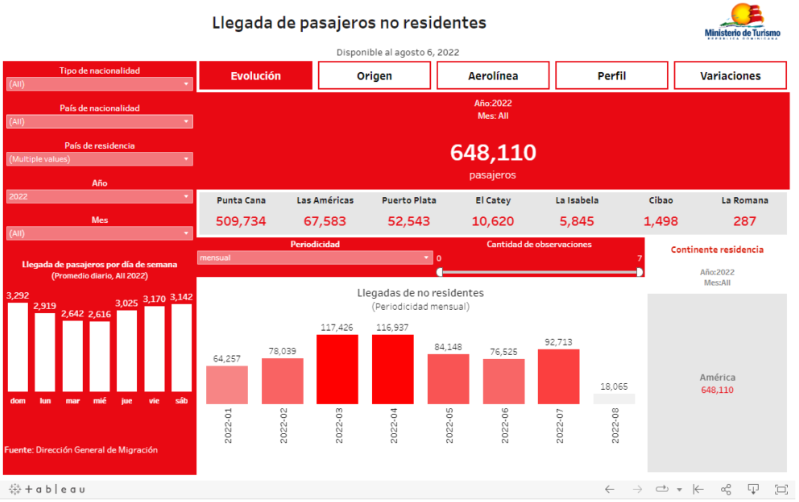
If the current trend continues, Las Américas may receive some 130,000 passengers to and from these 12 destinations. If we calculate that a similar amount returns on the same flight, we are talking about 260 thousand passengers transported.
Taking advantage of the potential of Santo Domingo Las Américas is where the greatest opportunity for growth lies, novelty, and it is where I agree with the Founder and CEO of Arajet, Víctor Pacheco, who estimated that in about five years the airline will transport some seven million annual passengers.
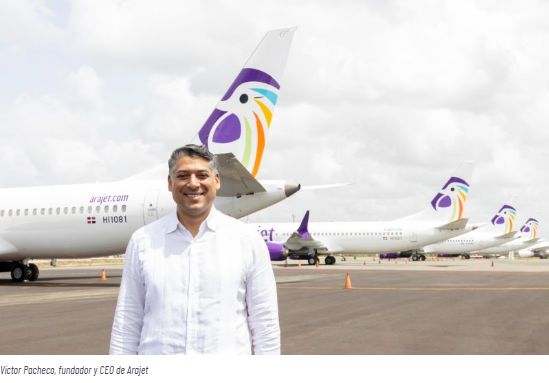
How do you explain that Las Américas can go from transporting some 260 thousand passengers per year (based on Arajet’s 12 current destinations) to 7 million?
It is very simple. Arajet’s idea is to turn Las Americas International Airport into the new Caribbean air hub.
What is air hub?
An air hub, which is projected with Santo Domingo Las Américas, is an airport used by one or more airlines to concentrate passenger traffic and flight operations.
The term “hub” is similar to the anatomy of a wheel: the center of a wheel is the hub, from which the spokes project to the outer rim.
The hub-and-spoke system allows airlines to serve more cities with fewer planes, as they can funnel travelers to a few hubs instead of serving their entire list of destinations with direct flights from each airport.
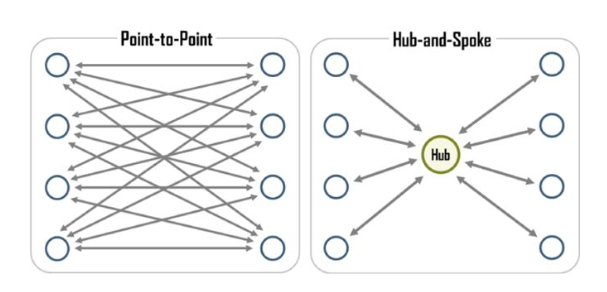
In addition to hubs, airlines sometimes increase service in “focus cities.” Focus cities are best understood as a smaller hub, typically serving more limited routes within a region.
This paradigm creates economies of scale that allow an airline to serve (via an intermediate connection) city pairs that could not otherwise be economically served nonstop.
Of the 10 airports with the highest volume of passengers in Latin America, Arajet will have a presence in five: Mexico City, Bogotá, Cancún, Lima, and Medellín. This group mobilized nearly 100 million passengers in 2021 and the trend indicates that this figure will be exceeded.
Some examples of air hubs in the United States include the Atlanta airport, the Dallas Fort Worth airport, and the Los Angeles airport, which handles most of the flights arriving from Asia to that country.
Having a hub has many advantages for airlines, since:
1- They can grow well beyond the limits of their local market
2- They can offer many destinations
3- Fewer flights are needed to connect all destinations
When materialized, and taking into account the air traffic of all our international airports, the Dominican Republic could reach some 22-23 million passengers per year and would become one of the countries with the highest volume in the region in a few years.
Arajet’s value proposal to serve 7 million passengers a year is to offer the best rates for direct flights to and from the Dominican Republic, with good quality, good service, good security, and of course, with affordable prices that start at $55 one way to $208 round trip, all taxes included.
These rates are the lowest in the entire history of national aviation, which makes all the sense in the world because Arajet’s business model focuses on offering low costs but with very high volume.
In addition, the Arajet CAE 25 operating license not only includes international charter flights with passengers, but also cargo transport, thus adding a very attractive element for companies that want to move their goods in the continent.
The number of passengers that Arajet is looking for entails operational challenges that require human capital with experience in successfully managing the needs and expectations of internal and external customers, negotiating contracts to achieve unit costs equivalent to airlines with significantly higher volumes, and reaching a cost basis comparable to best-in-class low-cost airline.
For such purposes, Arajet hired Mr. Garret Malone last May, who has the background of having achieved the success of Viva Colombia and Sky Airline, both low-cost airlines.
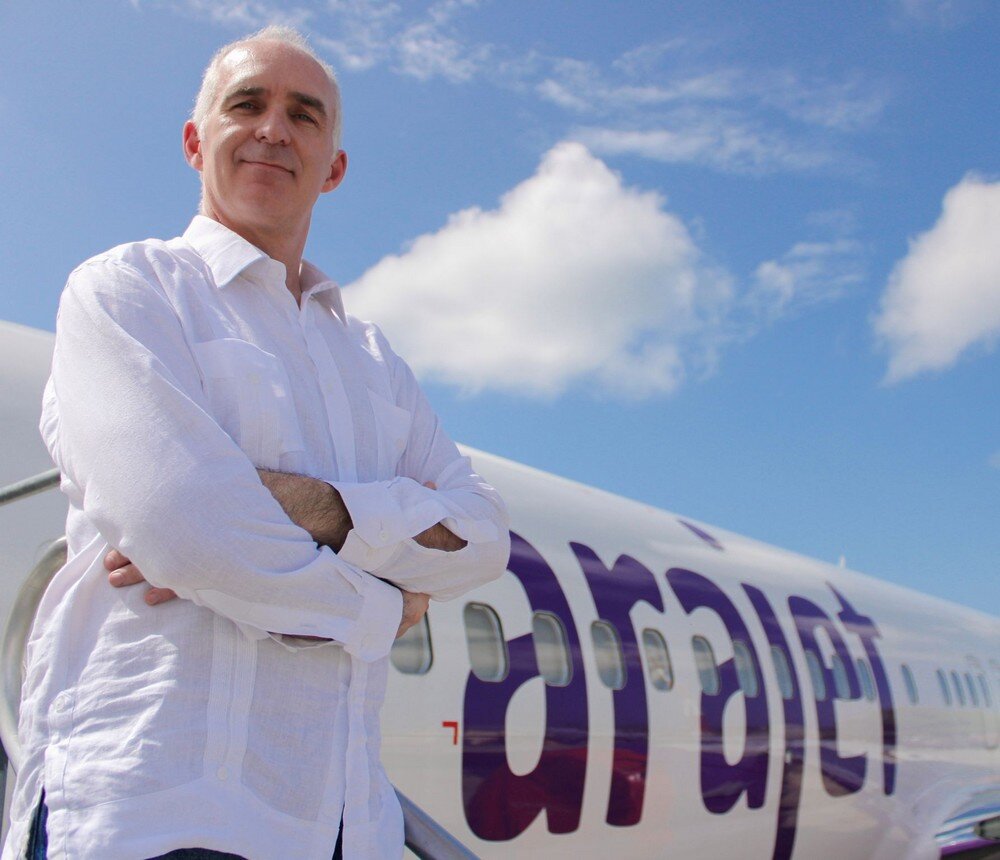
In just two years, Malone successfully established Colombia’s first low-cost airline and achieved operating profit in the second year.
With Sky Airline in Chile, Mr. Malone made this scheduled airline the first customer-focused low-cost airline in Latin America, with hubs in Chile and Peru.
Branding
The first president and CEO of IBM, Thomas Watson, is the author of a legendary phrase: “Nothing happens until a sale is made” (Nothing happens until a sale is made).
While your product may be unique, the challenges of sales and marketing may not. Here Arajet scores a bit since its branding is very solid as it has a specific message that is noticeable on its various platforms.
As a specialist in digital marketing and content creator, I have noticed that Arajet’s copywriting on its social networks, the videos, and Mr. Víctor Pacheco’s speech have a similarity that shows the level of professionalism and sense of belonging of the company. company with your brand.
The creative art of the posts contains elements of humor, text sources that attract attention, appeal to the gastronomy of their destinations and use empathic phrases.
In this sense, it is valid to congratulate the VP of Marketing and Sales Alvaro de Oleo, a publicist and marketer with more than 20 years of experience in the conceptualization, development and execution of design, marketing, communication, art, education and production projects.
This creative director has led communication strategies and campaigns for national and international brands, such as: Cerveza Presidente, Cervecería Nacional Dominicana, UNICEF, Ron Brugal, Malta Morena, Tiendas La Sirena, Banco Popular Dominicano, ARS HUMANO, Brahma, Leche Rica, Volvo , Renault, Dos Pinos, Claro, TRICOM, Castrol, among others.

De Oleo coordinates the work of Bakery Agency, an independent agency with offices in Texas and Tokyo, founded by the Dominican publicist and creative Micky Ogando.
Bakery, which opened its doors in the Dominican Republic through a strategic alliance with the MOM agency, leads AraJet’s regional positioning management, campaign strategy, innovation planning, design, creation and production of advertising and digital content.
The agency has worked with world-class brands such as Google. Nike, Smirnoff, Audi, and Bud Light.
Ogando stated at the time that “Bakery has a team that understands the culture and real people, as well as an appetite for taking smart risks, something necessary in our marketing strategy as we face today’s market.”
I consider that Alvaro and Bakery Agency are two ideal pieces for a new airline like Arajet, since they combine several very valuable aspects such as sales, marketing, strategy, and leading creative efforts, and of course the experience with local brands and international.
This is important to highlight because sales and marketing are the primary elements of any business. When you have people with the experience of selling and marketing from a car, a beer, a vehicle lubricant, clothes, shoes, technology, and even medical insurance, this gives you the certainty that you will reach your destination. Of course, supported by a quality and efficient service and product.
In the media, a different energy is perceived and felt, as if they already knew that they will achieve their goals. Their expressions and joy are a foretaste of the future seen in the present.
Reasons for the success of Arajet
As a thoroughbred Dominican and a tourism journalist, I believe that Arajet has all the variables it needs to position itself as the best airline born in the Dominican Republic.
Arajet enters the market at the best time for Dominican tourism in its history, where our country belongs to the top 5% of post-pandemic tourism recovery worldwide.
The Dominican airline has the full support of the public and private sectors, who are betting on a greater flow of tourists and foreign exchange for the country.
Its vision of turning the Americas into an air hub is innovative and it will have a presence in the main airports in the region.
Also, its low-cost business model is extremely attractive and it can compete in the international market without much effort.
In addition, they have a top-of-the-line fleet and secured financing from one of the world’s largest private multi-asset investment firms, Bain Capital, as well as Griffin Global Asset Management, an alternative asset management and asset leasing firm. commercial aircraft.
I believe that Arajet’s leadership in its Founder and CEO, Victor Pacheco, its operations manager, Garret Malone, its Market and Sales VP, Álvaro de Oleo, and the creative management of Micky Ogando at Bakry Agency combine the vision, experience and the know-how of marketing, sales, and creativity that Arajet needed as a low-cost Dominican airline.
Arajet timing is similar to the alignment of the planets and the universe.
All is left to say is: Vamo’ Arriba Arajet!
Author: Jairo Mateo Candelier
Tourism journalist, digital marketing specialist, and content creator.

